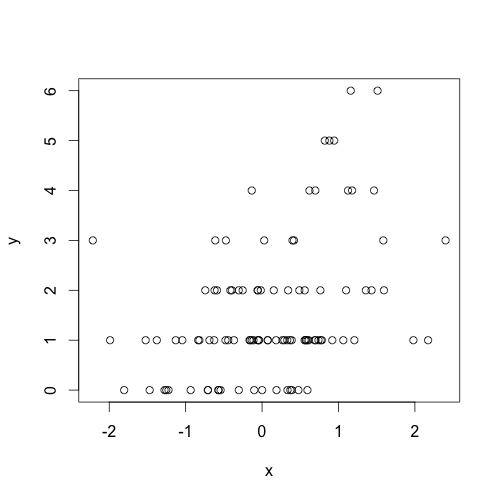Functions for probability distributions in R
rnorm: generate random Normal variates with a given mean and standard deviationdnorm: evaluate the Normal probability density (with a given mean/SD) at a point (or vector of points)pnorm: evaluate the cumulative distribution function for a Normal distributionrpois: generate random Poisson variates with a given rate


